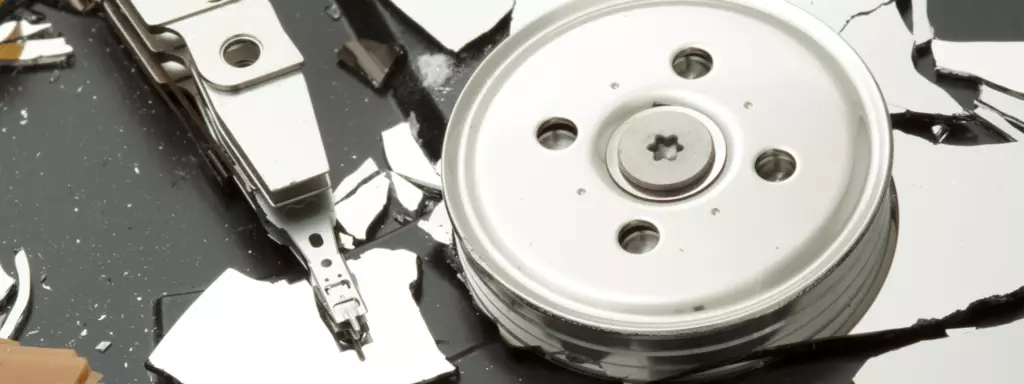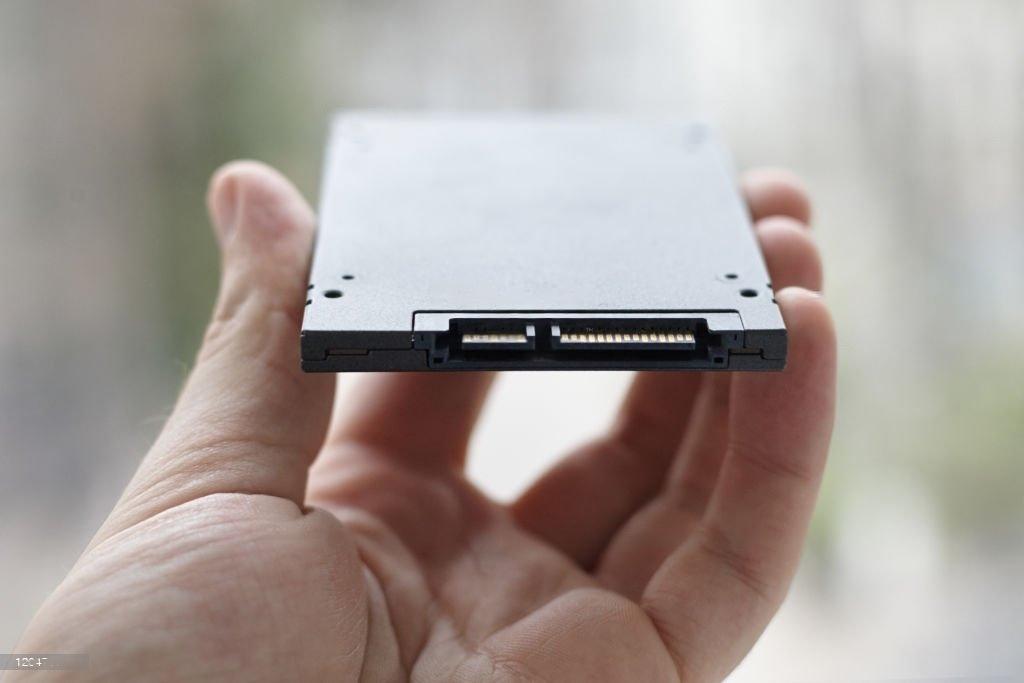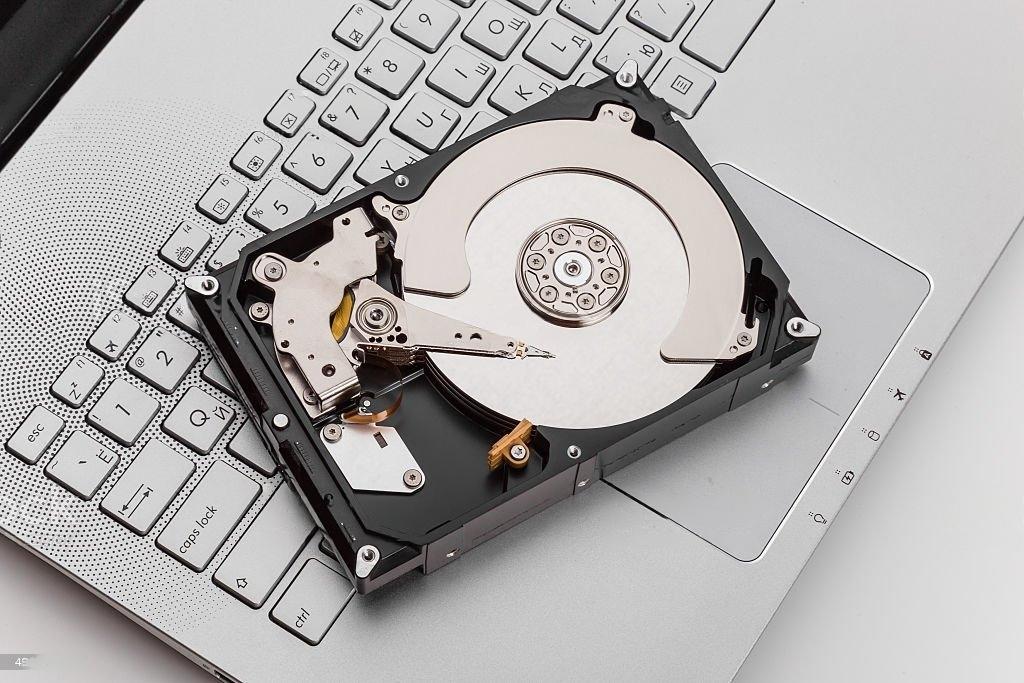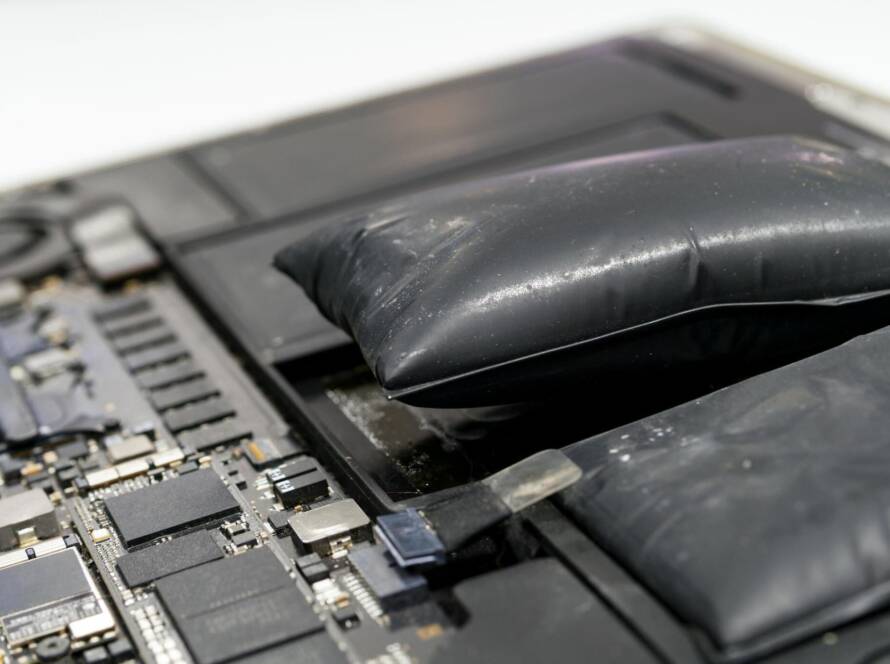
There is no question that Solid State Drives (SSDs) are gaining popularity for use in laptops, desktop PCs, and servers. You can add speed to an old desktop PC or laptop by upgrading to an SSD from a hard disk drive (HDD), and with their speed and reliability, SSDs are an excellent choice for new PC builds, servers, and system builders.
An SSD is a storage medium that, unlike an HDD, uses non-volatile (flash) memory to hold and access data. In other words, there are no moving mechanical parts, and this makes a very big difference.
These are just a few of the many benefits that SSDs have compared to spinning disk hard drives. Among other things, SSDs can greatly enhance the performance of your system with a simple upgrade. Here are five benefits that upgrading your computer to an SSD can provide.
1. Durability and Reliability of an SSD
Heat is a major cause of failures in hard drives and there is enough heat generated by the continual motion of an HDD’s moving parts to cause it to breakdown over time. Since an SSD doesn’t have such parts, they can maintain a lower temperature with much higher performance. An SSD is also better suited to handle drops, shakes, shocks, and everyday wear and tear making them less apt to experience data loss.
2. SSDs are Faster than Hard Drives
SSDs are up to a hundred times faster than HDDs. SSDs offers shorter boot times for your computer, more immediate data transfer, and higher bandwidth. Faster speeds mean SSDs can handle data at the ultra-speeds necessary in today’s business world especially when running programs that access large amounts of data such as an operating system. Also, SSDs are very stable assuring stored data is secure.
- SATA SSD: HDDs were only able to achieve 50-120 MB/s in write performance. In comparison, SSDs saturate the SATA bus at 550 MB/s. Despite bus limitation, it’s common to see an overall system performance improvement of 10-15 times when using SATA-based SSDs in place of legacy HDD technology.
- NVMe SSD: NVMe technology utilizes the PCIe bus, instead of the SATA bus, to unlock enormous bandwidth potential for storage devices. PCIe 4.0 (the current version) offers up to 32 lanes and can, in theory, transfer data up to 64,000MB/s compared to the 600MB/s specification limit of SATA III.


3.Power and Energy Efficient
Since an SSD has no moving parts, they need less power to operate compared to an HDD with a magnetic spinning disk. Energy efficiency is a big benefit in using an SSD when it comes to PC and mobile devices where battery longevity is a highly marketable and asked-for feature.
4. Less Weight and No Noise
Its smaller size allows SSDs to weigh less than the larger HDDs with their magnetic heads and metallic disks. Their compact design makes SSDs perfect for laptops, tablets, and other small electronic devices. The absence of moving parts also makes SSDs infinitely quieter than HDDs whose noise and vibrations can be very distracting.
5. More Practical Sizes/Form Factors
Since their release, HDDs have been limited by their larger sizes. SSDs, on the other hand, are available in a variety of sizes; the smallest being the size of a stick of gum to 2.5″ form factor.
These are the most common SSD form factors:
- 2.5″ form factor is the most common; offers the best value per GB; enclosed design
- mSATA has a very small form factor; different connection type; bare circuit board; excellent where space is of concern
- M.2 is a bare circuit board; available in both SATA and PCIe NVMe; small form factor; the size of a stick of gum



